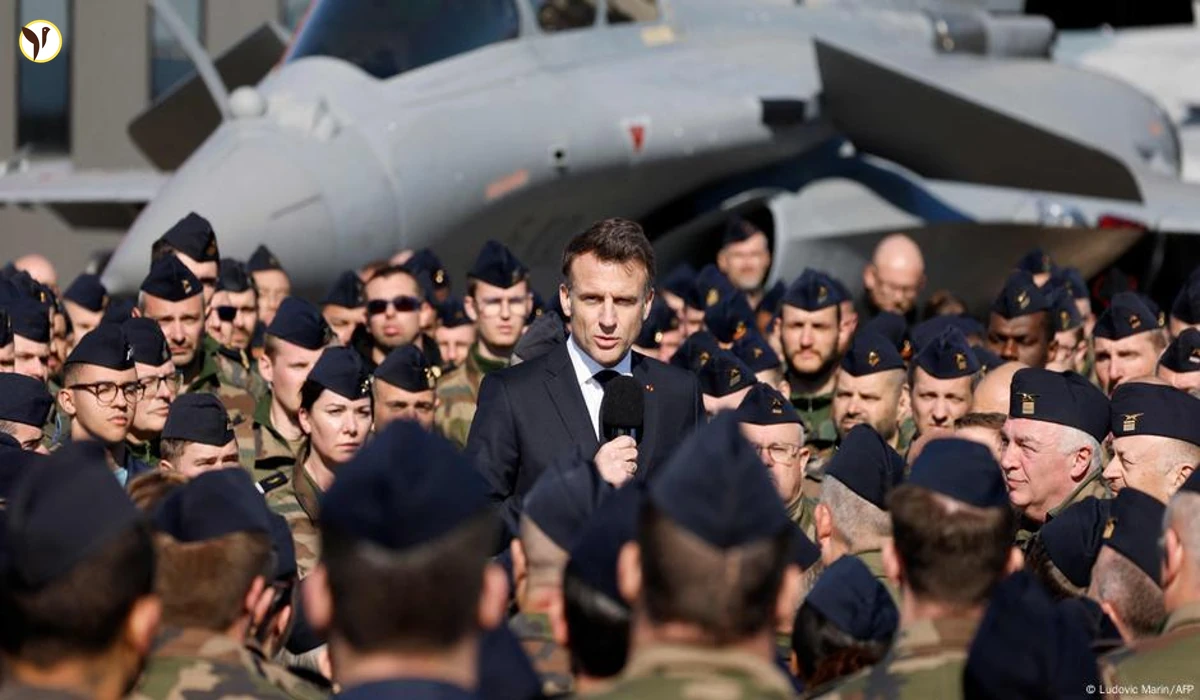Dogfights and Diplomacy: The Fighter Jet Drama Reshaping Global Air Power
Have you been following the latest aerial drama between India and Pakistan? It's not just another border skirmish – this one's sending shockwaves through defense ministries worldwide. Pakistan claims its Chinese-made J-10C fighters shot down several of India's prized French Rafales, and while combat losses happen in any conflict, India's conspicuous silence on the matter has only fueled speculation. What really happened up there? The truth might be as elusive as the aircraft themselves.
This isn't just a regional spat with local consequences. The ripple effects are being felt across continents. South Korea, trying to establish itself as a serious player in the fighter jet market, is watching with particular anxiety. Why? Because Egypt – a potential big-ticket buyer of South Korean FA-50 fighters – is now eyeing those same Chinese J-10Cs that reportedly outperformed the Rafales.
Is the J-10C Really a Rafale-Killer?
The J-10C – China's 4.5-generation fighter – has suddenly become the talk of air force bases everywhere. If you believe the reports in British media, its advanced PL-15 missiles apparently made short work of the Rafale's sophisticated electronic defenses in beyond-visual-range combat. The French-built Rafale, long considered one of the world's premier fighters, was supposedly outmatched where it should have excelled.
Consider what's being claimed here:
- Pakistan's Bold Assertion: Multiple Indian Rafales knocked out of the sky
- India's Response: An unusual silence, paired with vague acknowledgments of "inevitable losses"
- Global Reaction: Defense analysts and military brass worldwide reassessing their assumptions about Chinese air power
The stock market – always a reliable barometer of reality – has had its own reaction. Shares of the Chinese companies involved in manufacturing the J-10C have been on a rollercoaster ride. Meanwhile, Dassault Aviation, the proud maker of the Rafale, watched its stock take a hit. In the world of defense contracting, perception can be just as powerful as performance.
South Korea's Nervous Wait: Will Egypt Choose the FA-50 or Go Chinese?
Imagine you're South Korea right now. You've worked for years to develop the FA-50 as an affordable, practical fighter that appeals to nations with tighter defense budgets. Egypt seemed like a sure thing – they need planes that won't break the bank and are easy to maintain.
Then suddenly, the J-10C struts onto the world stage claiming to have taken down one of the most sophisticated fighters in NATO's arsenal. Talk about a game-changer! Despite being pricier, the J-10C now offers Egypt something potentially more valuable: proven combat effectiveness (if the claims are true).
The Egyptian ambassador to South Korea has tried to calm nerves, publicly stating that negotiations for the FA-50 are "progressing well." But you can almost feel the anxiety radiating from Seoul, where media outlets openly fret about losing what would be a landmark export deal. For South Korea's emerging defense industry, this is more than just one contract – it's about credibility in a fiercely competitive market.
Who's Really Winning? Beyond the Claims and Counterclaims
Let's step back for a moment. In the fog of war – and the even thicker fog of military PR – sorting fact from fiction is notoriously difficult. Both India and Pakistan have their own versions of events, each carefully crafted to project strength and competence. Western media has largely amplified the Pakistani narrative, but hard evidence? That's in short supply.
And here's a question worth pondering: Does losing aircraft necessarily mean losing the war? History is full of examples where one side suffered greater equipment losses yet achieved their strategic objectives. The Soviet Union lost far more planes than Nazi Germany, yet who ultimately prevailed? The true success or failure of "Operation Sindoor" can't be measured simply by tallying downed aircraft.
Military analysts I've spoken with suggest looking at what each side set out to accomplish, not just at the hardware casualties. Did India achieve its tactical goals despite losing aircraft? Did Pakistan's defense capabilities prove more robust than anticipated? These are the questions that matter when assessing real victory.
The Bigger Picture: What's Really at Stake Here
This aerial chess match between India and Pakistan reveals something far more significant than which fighter jet is technically superior. We're witnessing the shifting landscape of global air power, where Chinese technology is now credibly challenging Western dominance – at least in certain contexts.
Nations around the world are taking notes. Every defense ministry is asking: "Are our assumptions about air superiority still valid? Do we need to reconsider our procurement strategies?" A single engagement between two regional rivals has potentially rewritten the rules of the game.
What's perhaps most fascinating is how technology, geopolitics, and economics are intertwined in this story. Fighter jets aren't just military tools – they're statements of national capability, diplomatic bargaining chips, and billions in potential exports.
As this drama continues to unfold, one thing is crystal clear: the contest for control of the skies is intensifying, with more players and more advanced technology than ever before. And for countries looking to buy their next generation of fighters, the choice has never been more complicated – or consequential. The defense spending decisions being made today, influenced by these events, will shape regional power balances for decades to come.


/content/stories/thumb/thumb691c6883320f32.63242210.webp)
/content/stories/thumb/thumb691c595f806732.26187823.webp)
/content/stories/thumb/thumb691c49335a4bc3.80041055.webp)
/content/stories/thumb/thumb691c3c61988637.81812691.webp)
/content/stories/thumb/thumb691c2288109e71.34074074.webp)


